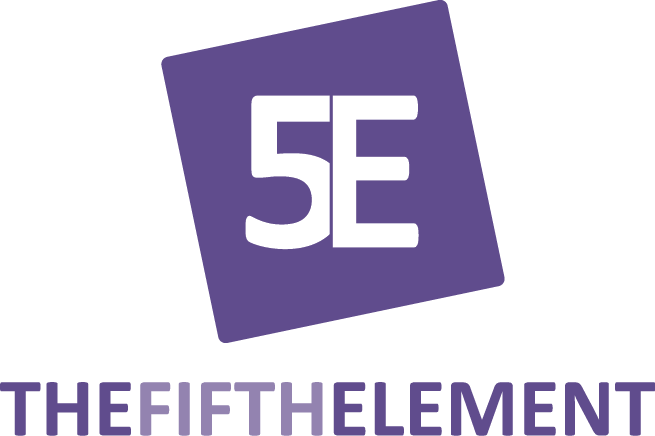GETTING BACK TO BASICS SERIES
BEHAVIOURAL ECONOMICS – A MARKETING MUST IN 2019
Ogilvy have even established a specialist behavioural economics practice called Ogilvy Change which employs ‘Choice Architects’ “to investigate and apply principles from cognitive psychology, social psychology and behavioural science to create measurable behaviour change in the real world”.
Rory Sutherland, Ogilvy UK’s Vice Chairman
Introducing behavioural economics
The concept of behavioural economics has grown in popularity and prominence over the last decade. Books including Daniel Kahneman’s ‘Thinking, Fast and Slow’ and Richard Thaler and Cass Senstein’s ‘Nudge’ have captured the public’s imagination.
TV Drama’s have utilised aspects of behavioural science and created shows such as BULL – using behavioural science to predict and manipulate jurors, Lie to me – used behavioural science in the form of body language to expose untruths. Now we can use behavioural economics to drive meaningful interactions with our customers……
AN example of Classic V’s Psychology V’s Behavioural
CLASSICAL ECONOMICS
ASSUMPTION: Consumers are rational
APPROACH: Prohibitive pricing
REALITY: Minimal change in purchase habits
PSYCHOLOGY ADVERTISING
ASSUMPTION: Humans are emotional
APPROACH: Induce fear & guilt via anti smoking campaigns and deter uses via genocidal images
REALITY: Minimal change in purchase habits
BEHAVIOURAL ECONOMICS
ASSUMPTION: Humans are predictably irrational
APPROACH: Pledge to give up smoking in a public forum
REALITY: Disruption in behaviour – external forces and peers creat accountability not only creating change in the behaviour but increasing the likely hood of sustainable change.
Introducing behavioural economics in digital marketing
Behavioural economics employs hidden forces to shape decisions. HOW: in making decisions about life and what we buy and do, the context, framework, interface, medium and pathways through which we reach decisions may have a greater influence on the decisions we make then the long-term consequences of the decision. I want to share a few core behaviours that shape the decision process and contribute to the statement “humans are irrationally rational”.
PARADOX OF CHOICE
Too many choices leads to decision paralysis.
ENDOWMENT EFFECT
People overvalue what they own.
HERDING
An intangible attraction to crowds, if there is a choice between an empty restaurant and a full one, which is your choice?
GOAL GRADIENT THEORY
People will work harder to achieve a goal as the goal gets closer.
THEORY OF RECIPROCITY
An inherent human need to return a favour that was done for us.
GAMIFICATION
People like to play games and they will go to great lengths playing it even if all they get are points.
HABITS ARE IMPORTANT
People do many things without consciously thinking about them. These habits create patterns that can be identified and used to predict outcomes.
LOSS AVERSION
People try to prevent losses more than they try to make gains.
ANCHORING
People are tied to their first decisions.
LACK OF SELF CONTROL
In general, people have a hard time deciding between doing what’s good for themselves in the future and doing what feels good right now.
AVAILABILITY BIAS
People tend to focus on what easily comes to mind (often vivid or recent events) and give undue weight to those events.”
Ill never fly again factor.
TUNNELING
If it’s an emergency, we can only think about the emergency.
These are just a few of the many behaviours that digital marketers can leverage. By using multiple data sources and common connectors savvy digital marketers can identify these patterns of behaviour and by implementing business intelligence can begin to make sense of the social insights that are at our fingertips.
A Marketing and Segmentation Intelligent Engine (M.A.S.I.E) designed to pull social insights together and connect via behavioural one to one relations can assist to not only identify your most likely target market M.A.S.I.E draws on real people and what their current needs are.
